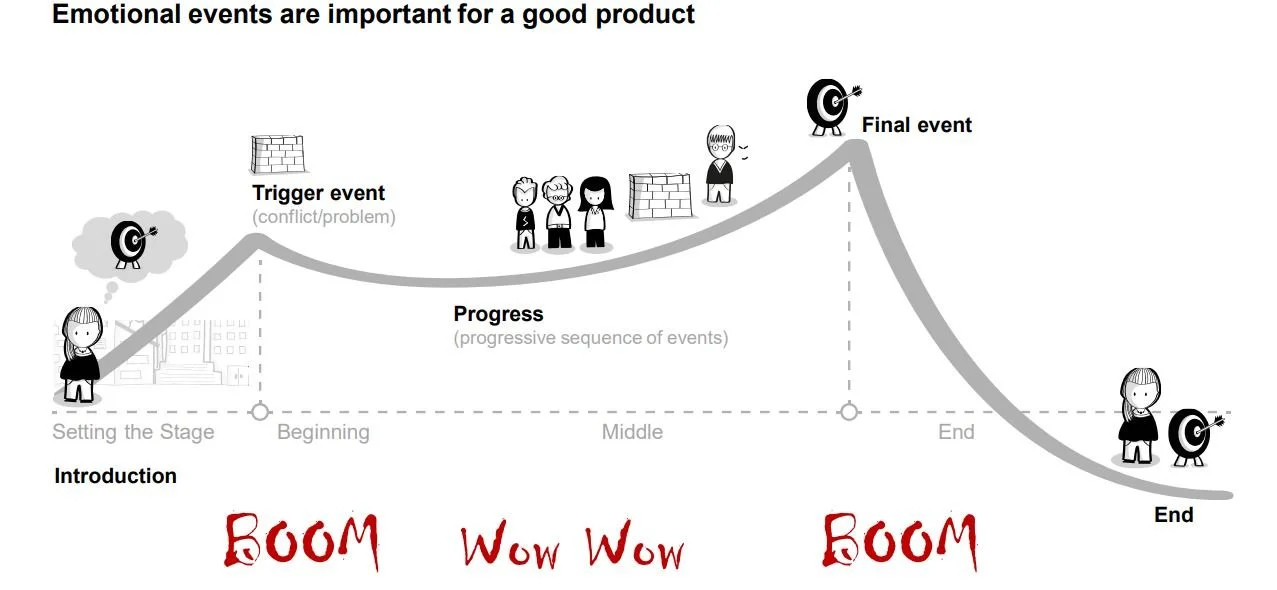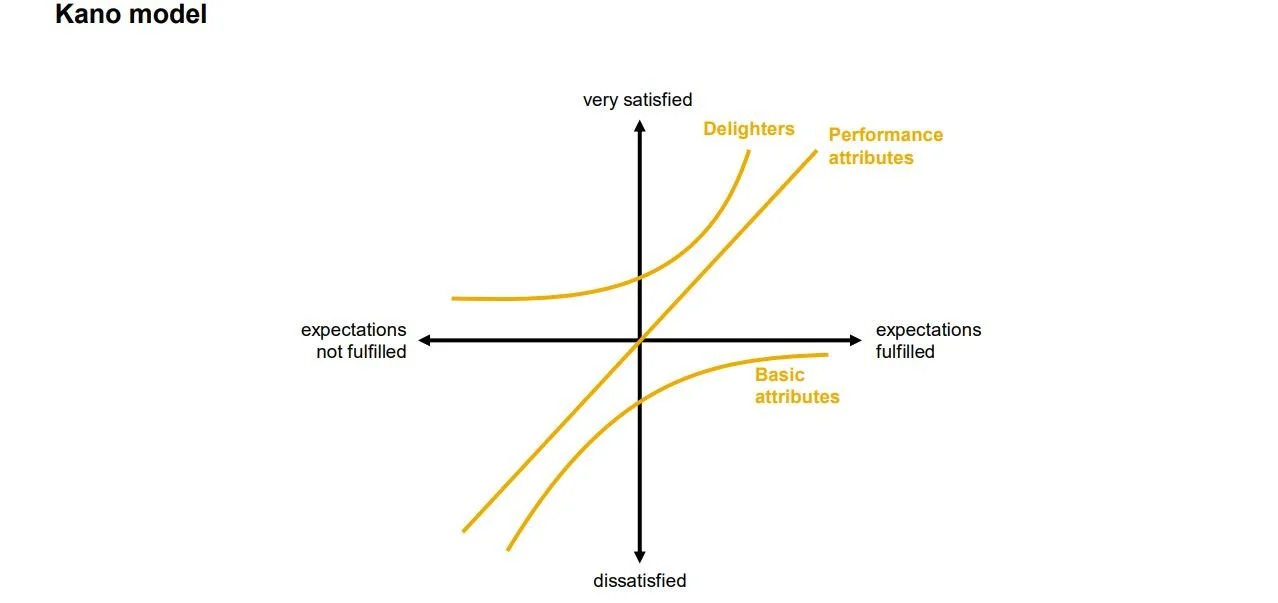openSAP: Build Better Products with a Human-Centered Product Backlog
Click here to join the course.
Course Summary (from openSAP)
The world is becoming more complex and digital transformation is radically changing people’s lives. This in turn leads to rising expectations for products and services that are expected to help users get their job done – both at work and in their private lives. Hence, product organizations have to change the way they build products. By combining User Experience Design, Agile approaches, and New Work topics, they have the chance to move the user into the center, create an environment of collaboration, and spark creativity to foster innovation.
If you’re interested in understanding how to balance human needs, business value, and technical feasibility with a human-centered product backlog, this course is made for you. You’ll learn how you can iteratively refine your product backlog, what touchpoints you need with your customer, and lots of good practices to make your new product tangible while validating your ideas right from scratch. We’ll highlight synergies between Agile and User Experience Design which will help you to integrate the human perspective into software development.
At the end of the course, you’ll be equipped with the methods and tools to deliver great products that users love.
Characteristics of the course
This is a self paced 12 hours course divided in 4 units, that targets anyone interested in Agile development methodologies.
What is this about ?
The course is about agile techniques to improve backlog management. This is important because, with agile project management, the scope is only estimated, and business value delivery is the priority.
https://www.visual-paradigm.com/scrum/classical-vs-agile-project-management/
Key Learnings and content structure
This course has 4 parts, and a final exam:
Good Product Backlog Definition
Product Backlog Structure and User Story Mapping
Product Backlog Validation and Refinement
Product Backlog Ranking
Final Exam
Part 1: Good Product Backlog Definition
The topic for part 1 is Good Product Backlog Definition. There are 8 units:
Unit 1: Welcome
Unit 2: Setting the scene for agile and scrum
Unit 3: Setting the scene for a good product backlog
Unit 4: Perspectives on the product backlog: engineering, product, and customer
Unit 5: Defining product backlog readiness with DEEP and INVEST
Unit 6: Connecting agile and design thinking
Unit 7: The human-centered approach to innovation
Unit 8: Orchestrating discovery and development in sprints
© 2021 SAP SE or an SAP affiliate company. All rights reserved. ǀ PUBLIC
What you will learn and will be tested on: Basics about how a good product backlog looks like. Difference between scrum and agile thinking. How to orchestrate discovery and innovation sprints along the human centered approach. Risk management with the ROAM categories (Resolved, Owned, Accepted, Mitigated). What users expect from business applications. Methods to improve your product. Scrum and its values. Design Thinking.
© 2021 SAP SE or an SAP affiliate company. All rights reserved. ǀ PUBLIC
Additional Learning Ressources
Part 2: Product Backlog Structure and User Story Mapping
The topic for this part is Product Backlog Structure and User Story Mapping. There are 7 units:
Unit 1: Introduction to the product backlog structure
Unit 2: Preconditions for user story mapping (USM)
Unit 3: Creating as-is and to-be processes
Unit 4: Creating the walking skeleton
Unit 5: Writing, refining, and splitting your user stories
Unit 6: Deriving non-functional requirements from your user stories
Unit 7: Tools for managing your product backlog
© 2021 SAP SE or an SAP affiliate company. All rights reserved. ǀ PUBLIC
What you will learn and will be tested on: How to structure your product backlog. How to build a walking skeleton, the simplest implementation of a functional area of a software. Ranking user stories from top (highest priority) to bottom (lowest priority). Refine user stories until they are ‘sprintable’ (small and detailled enough to be delivered in one sprint).
© 2021 SAP SE or an SAP affiliate company. All rights reserved. ǀ PUBLIC
Additional Learning Ressources (from openSAP)
Guy Kawasaki – the art of the start: Learn how to build a good product goal
Part 3: Product Backlog Validation and Refinement
The topic for this part is Product Backlog Validation and Refinement. There are 7 units:
Unit 1: The evolution of user story maps, storyboards, and prototypes
Unit 2: A deep dive into the persona technique
Unit 3: Validating your backlog with storyboards
Unit 4: Building your storyboard with SAP Scenes on MURAL
Unit 5: Collaborating with your customers during discovery
Unit 6: Refining your user stories with customers
Unit 7: The collaboration between the customer and the scrum team
© 2021 SAP SE or an SAP affiliate company. All rights reserved. ǀ PUBLIC
What you will learn and will be tested on: Deep dive into validating and refining your product backlog. Techniques that can support you. Understand why it is important to use storyboards for validating your product or feature ideas.
Additional Learning Ressources (from openSAP)
Scenes Toolbox:
Build your own Scene with cute characters, nice backgrounds and useful objects.
Part 4: Product Backlog Ranking
The topic for this part is Product Backlog Ranking. There are 8 units:
Unit 1: Big picture and ranking of your product backlog
Unit 2: Estimating complexity for your user stories
Unit 3: Identifying the business value
Unit 4: Categorizing user benefits with the Kano methodology
Unit 5: Ranking your product backlog
Unit 6: Planning the delivery of product increments
Unit 7: Re-ranking your product backlog to deal with changes
Unit 8: Wrap-up and outlook
Kano model: Desirability of your backlog items can be categorized as ‘Basic Attributes’, ‘Performance attributes’ and ‘Delighters’.
© 2021 SAP SE or an SAP affiliate company. All rights reserved. ǀ PUBLIC
What you will learn and will be tested on: Knowledge and techniques to rank your product backlog. How to identifie the business value of the user stories and estimate complexity and risk.
© 2021 SAP SE or an SAP affiliate company. All rights reserved. ǀ PUBLIC
Part 5: Final Exam
The final exam consists of 30 questions in 120 minutes. If you have paid attention to the videos and done all the self-tests, you should perform fairly well.









